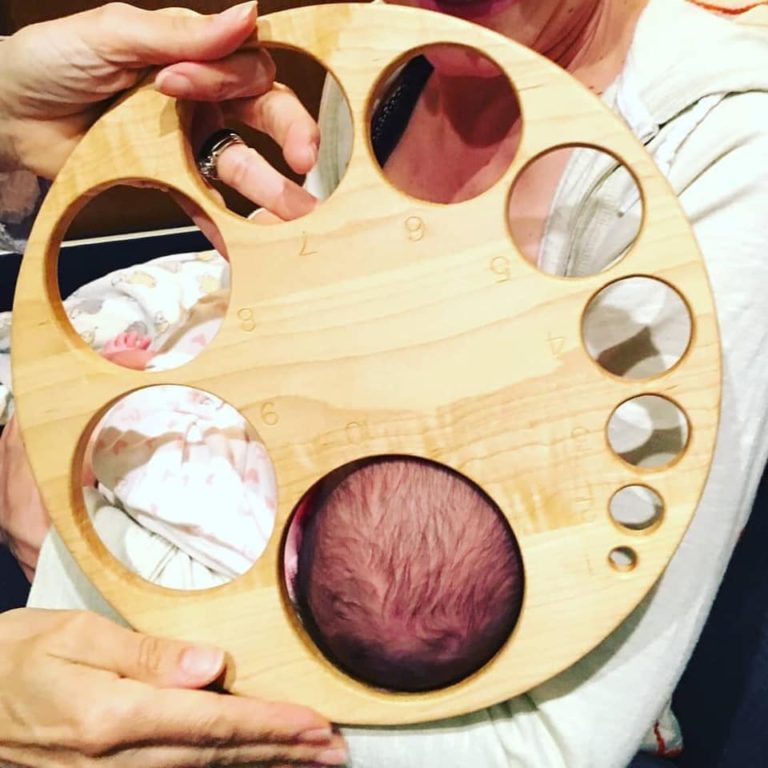Un grupo llamado Gather Birth Cooperative, compuesto por cuatro mujeres que se dedican a atender, filmar y documentar partos, publicaron una impactante fotografía tomada durante un nacimiento.
Las mujeres oriundas de Minnesota (Estados Unidos), que ofrecen un servicio que incluye una doula (mujer que acompaña a otra en su embarazo, parto y maternidad), compartieron un registro tomado por la fotógrafa Meredith Westin en donde se ve el abdomen de una madre abultado por la presión que generan las contracciones previas al parto.
“Miren este cuerpo en trabajo de parto”, escribieron explicando que la doula le sugirió a la mujer sentarse en un inodoro para obtener más comodidad durante las contracciones.
“La parte más difícil del parto puede ser apartar el camino de nuestro cuerpo. La fuerza en esta foto es física y mental. Es inconmensurable. Una doula está ahí para ayudarte a recordar tu fuerza cuando se siente imposible. Sabemos que puedes hacerlo. Lo estás haciendo”, añadieron.
View this post on InstagramA post shared by Gather Birth Cooperative (@gatherbirth) on
Esta no es la única imagen potente -e impresionante- que el grupo ha publicado en su cuenta de Instagram, creada hace menos de un mes. En dicho espacio además comparten fotos de partos en agua en donde participan ambos padres, como también de las emotivas reacciones al ver a sus recién nacidos.
View this post on InstagramYou’ve been waiting for ages just for this moment.
A post shared by Gather Birth Cooperative (@gatherbirth) on
View this post on InstagramA post shared by Gather Birth Cooperative (@gatherbirth) on
En tanto, en abril de este año se viralizó una foto en la que se evidencia el tamaño de la dilatación que alcanzan los genitales femeninos durante un parto por vía vaginal, comparándolo con una tabla de medida que indica cada nivel.
En la foto, se compara la cabeza de un bebé recién nacido con la extensión requerida para un parto (10 centímetros de dilatación), magnificando el tamaño y la elasticidad del cuello uterino requeridos para un parto.

Según el sitio médico Webconsultas, el parto por vía vaginal se compone por cuatro etapas: preparto, fase de dilatación, fase expulsiva y alumbramiento.
En la fase de dilatación en la que la mujer enfrenta la dilatación pasiva y activa. En la primera, la paciente tarda de seis a ocho horas en recién alcanzar tres centímetros, horas en las que las contracciones se acentúan a medida que pasa el tiempo. En tanto, en la dilatación activa se experimentan contracciones cada dos o tres minutos y el cuello uterino se ensancha hasta su máximo nivel (10 centímetros).
En la etapa expulsiva, el bebé se ubica en el canal de parto, el que será expulsado con ayuda del impulso de la madre.








